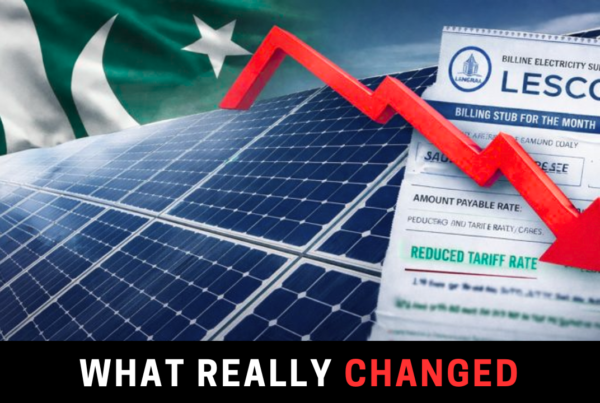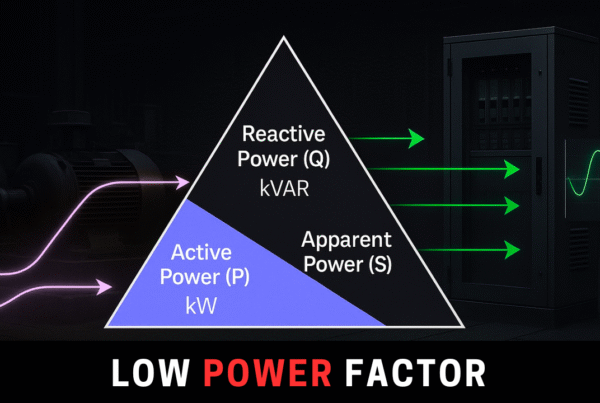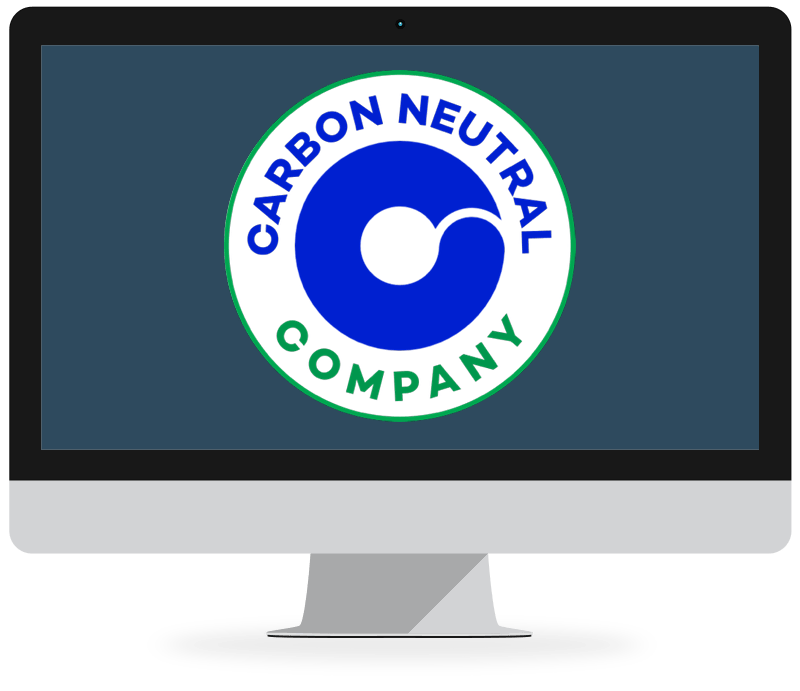1. Solar Adoption: A Tale of Two Nations
Pakistan’s Solar Surge
- Rapid Growth: Ranked 6th globally in solar adoption, Pakistan is projected to add 17 GW of solar capacity by 2024, driven by soaring electricity costs (tariffs up 155% in 3 years) and 9+ hours of daily sunlight.
- Grid Impact: Residential solar installations reduced grid demand by 10–10.4% in 2024, though fossil fuels still dominate (63% of the energy mix).
- Imports: Reliance on Chinese panels ($2.1 billion worth in FY 2023–24) underscores a booming market but exposes recycling gaps.
India’s 100 GW Milestone
- Scale vs. Contradictions: Despite reaching 100 GW of solar capacity, coal remains entrenched:
- Zero coal plants closed in a decade; new plants inaugurated in 2023.
- Coal imports grew YoY, and consumer electricity costs remain unchanged.
- Skepticism: Critics question solar’s tangible impact, citing stagnant tariffs and fossil reliance.
2. The Solar Waste Reality Check
The Recycling Myth
While advocates claim “75% of solar panels are recyclable,” the reality is more nuanced:
- Glass (65% by weight): Often downcycled into low-value powder or construction filler, not truly recycled.
- Encapsulants (EVA): Burned due to lack of cost-effective recycling, releasing toxins.
- Silicon Wafers: Technically recyclable but economically unviable without scale.
- Recovery Rates: Only aluminum frames and junction boxes are reliably recycled; the rest face partial recovery at high costs.
Global vs. Local Challenges
- US/EU Models: First Solar recycles 90% of panel materials, including semiconductors, under standards like R2V3 (SERI USA).
- India’s Lag: Despite a 2023 Green Tribunal order mandating 100% PV recycling, implementation is slow. Startups like Loom Solar pilot solutions, but systemic gaps persist.
- Pakistan’s Looming Crisis: Without preemptive infrastructure, its solar boom could mirror India’s waste challenges.
3. Systemic Flaws: Why Solar Isn’t Replacing Fossils
The Policy-Action Gap
- India’s Coal Paradox: Solar growth hasn’t curbed coal due to vested interests and $21.5 billion in pending thermal capacity payments (2020–24).
- Pakistan’s Grid Instability: Decentralized solar strains outdated infrastructure, causing 20% transmission losses and reliance on costly thermal backups.
Consumer Costs Unchanged
- Misaligned Incentives: Subsidies favor fossil fuels; net-metering delays and policy flip-flops hinder solar’s affordability.
- Equity Issues: Low-income households lack access to solar due to high upfront costs, despite Punjab’s free PV module initiative.
4. From Waste to Wealth: Building a Circular Solar Economy
Innovative Solutions
- Glass Upcycling: Repurpose solar glass into high-value products (e.g., fire-resistant building materials).
- EVA Waste-to-Energy: Convert encapsulants into fuel via pyrolysis, reducing landfill dependency.
- Silicon Recovery Tech: Invest in R&D to lower recycling costs, tapping into a $15B+ global market by 2030.
Policy Levers
- Extended Producer Responsibility (EPR): Mandate manufacturers like JA Solar to fund take-back schemes.
- Design-for-Recycling: Incentivize modular panels with easily separable components.
Entrepreneurial Opportunities
- PV Recycling Startups: Partner with manufacturers for closed-loop supply chains.
- Green Jobs: Train locals in panel disassembly and material recovery, boosting rural employment.
5. Lessons for Pakistan: Avoiding India’s Missteps
- Preemptive Recycling Infrastructure: Partner with China/EU for affordable tech transfers.
- Integrated Policies: Link solar growth to coal phase-out plans and tariff reforms.
- Public Awareness: Educate consumers on end-of-life panel returns to prevent dumping.
6. The Road Ahead
Solar energy’s success isn’t measured in gigawatts but in fossils displaced, costs reduced, and waste circularized. For Pakistan and India, the choice is clear:
- Embrace Transparency: Acknowledge recycling’s current limits while scaling innovations.
- Prioritize Equity: Ensure solar benefits reach marginalized communities through subsidies and microgrids.
- Think Circular, Not Linear: Treat panels as resources, not waste, to unlock sustainable growth.













